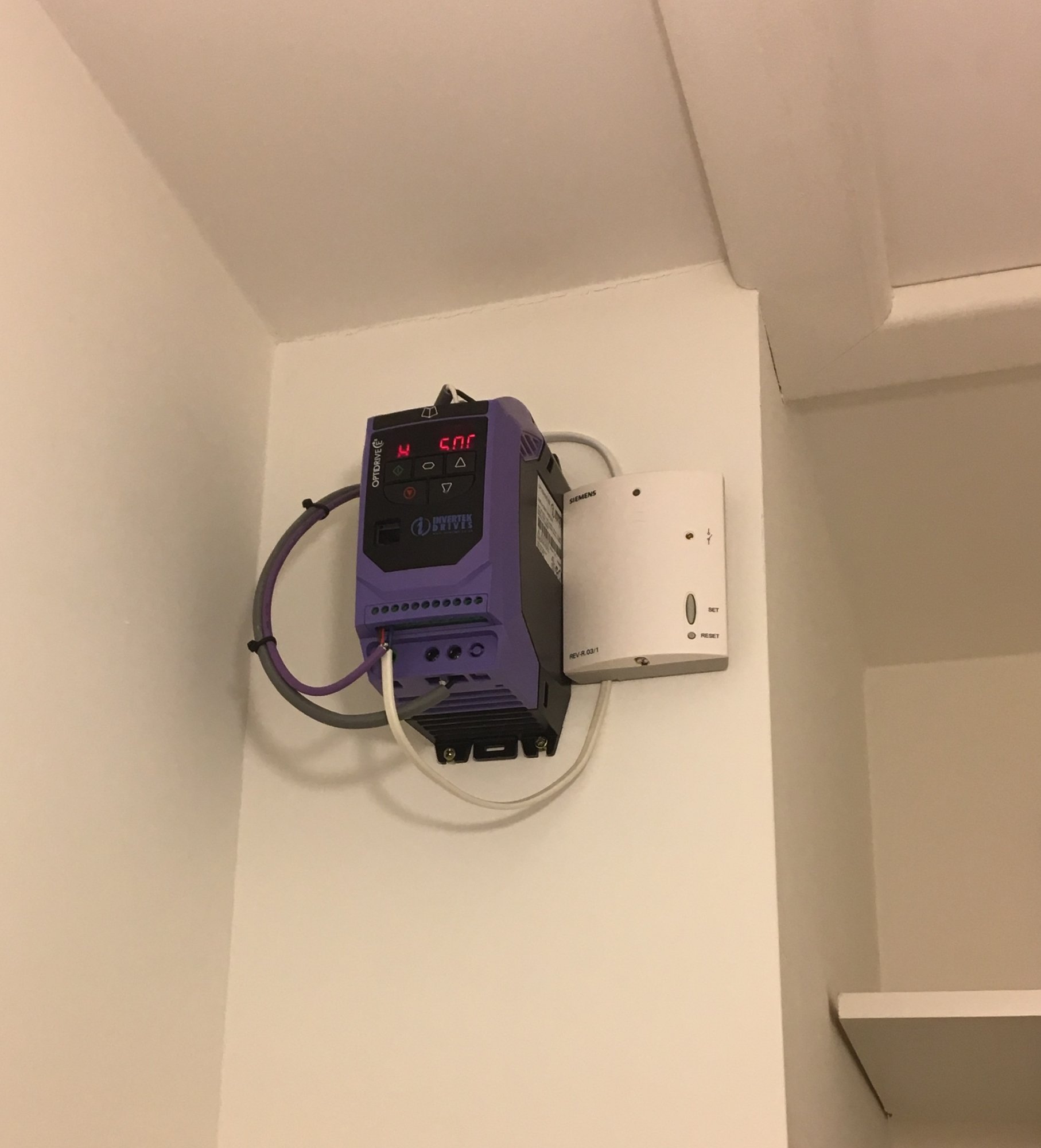Missing its enclosure, I caused a problem at Uni, I was given a project, and it asked for any health and safety implications, I thought it was a prompt and the lecturer knew there were some and wanted me to identify them. I found the Alan Bradley PLC's we were using were designed to be mounted inside an enclosure, you could access live parts without a tool, and there were holes over 1 mm diameter on upper surface. I included the BS7671 reference and the manufactures data saying how the units should be used in an enclosure.
However it seems the lecturer was unaware of this, and it raised questions as to the safety of the equipment being used. He wanted me to change my report which I refused to do, I said had I been unaware of the problem great, but once you know it's a problem you can't ignore it. There was not a problem with me working on the equipment since I was a competent person, but the set up could not be displayed on open days when the schools visited. A compromise was reached, some one had to be with the units while the schools visited to ensure the children did not play with the mains powered parts of the display.



